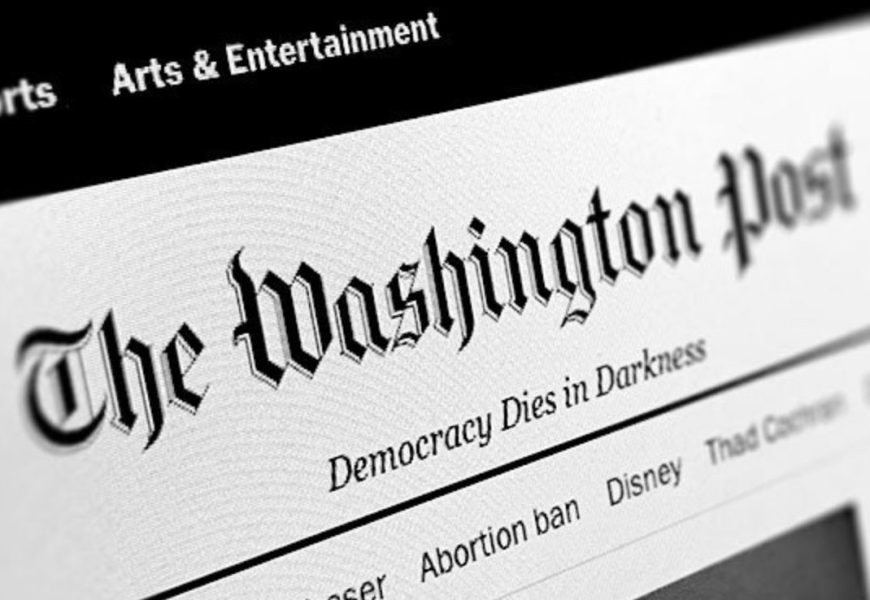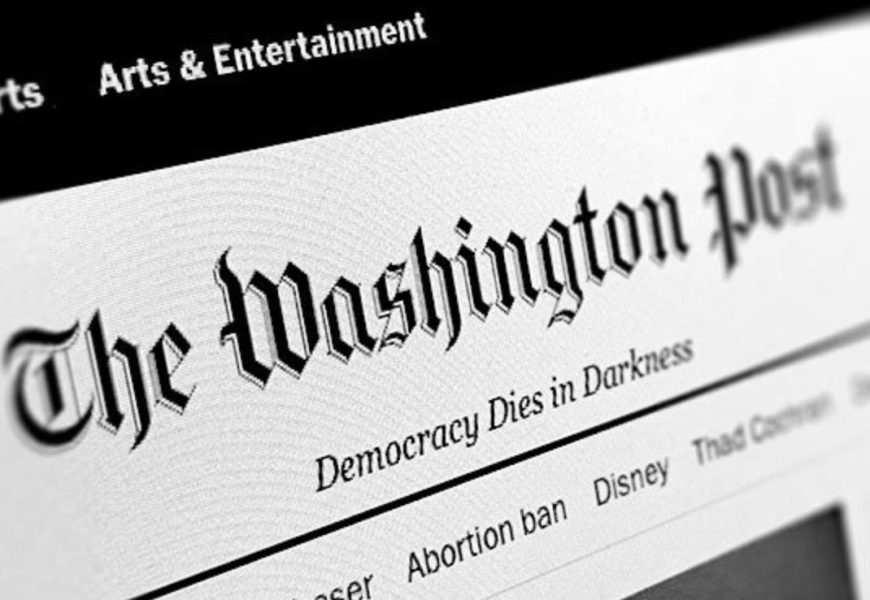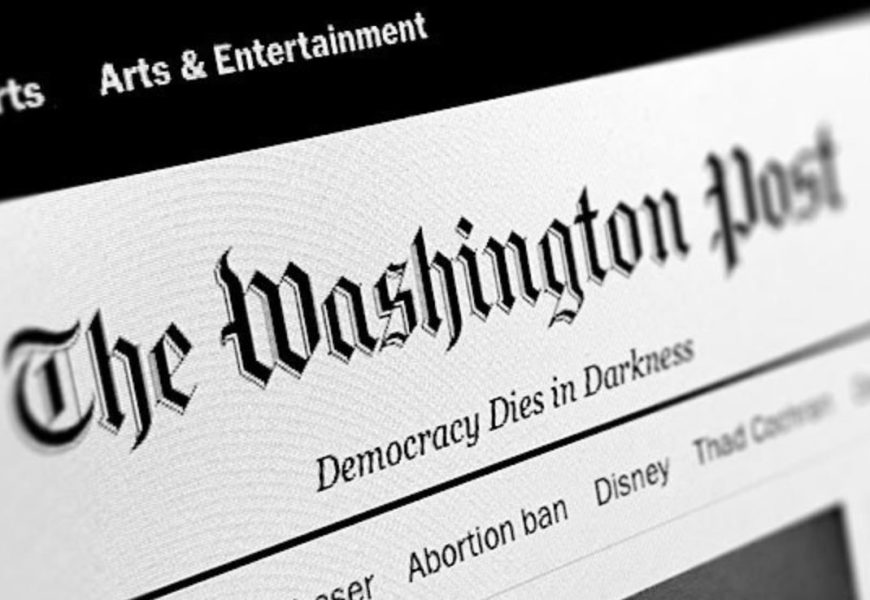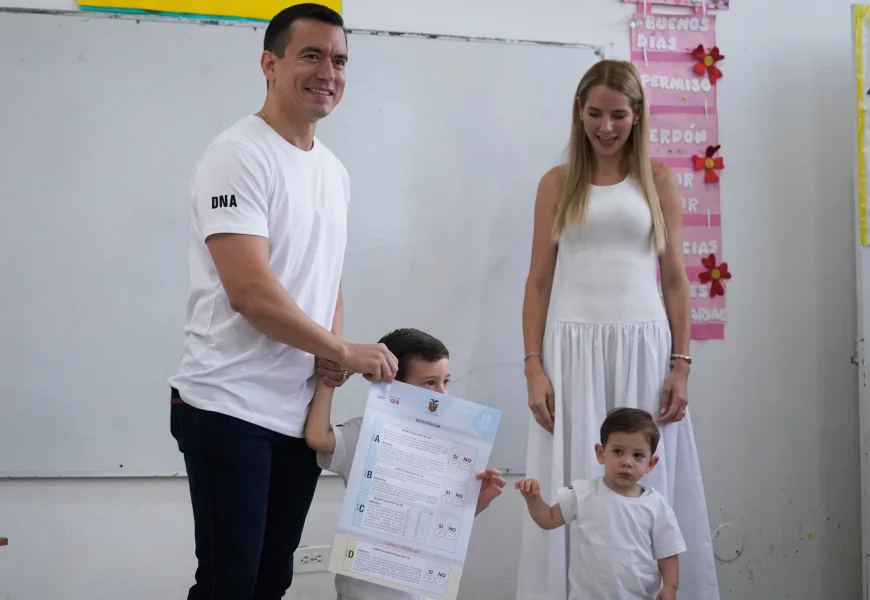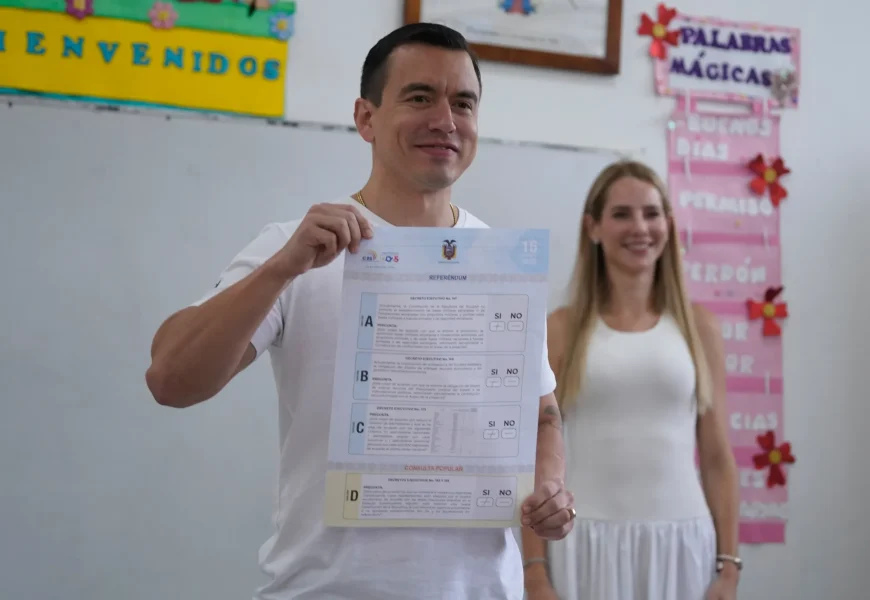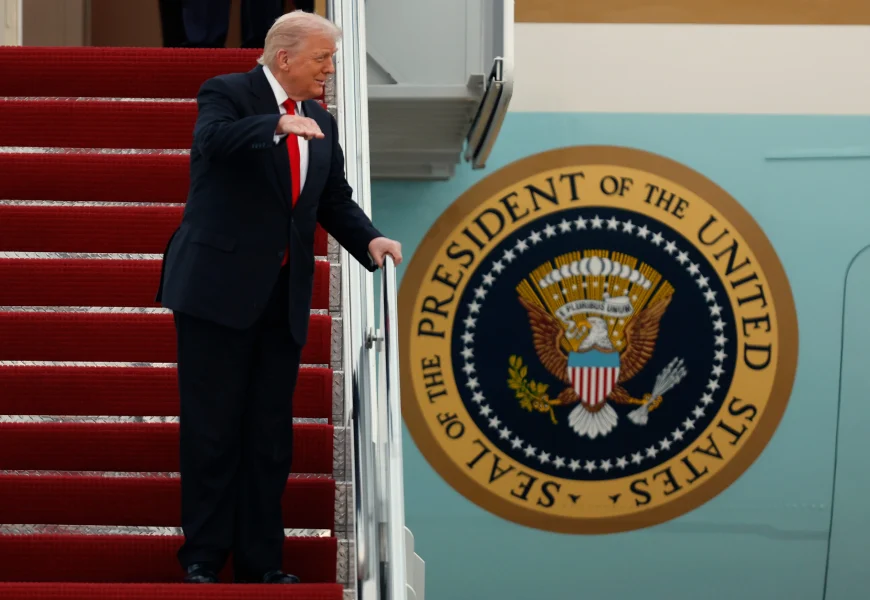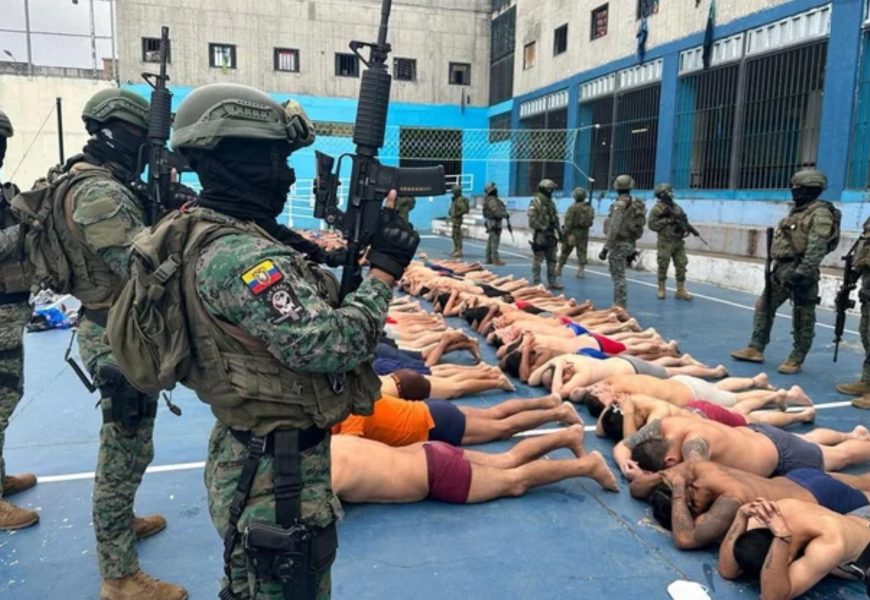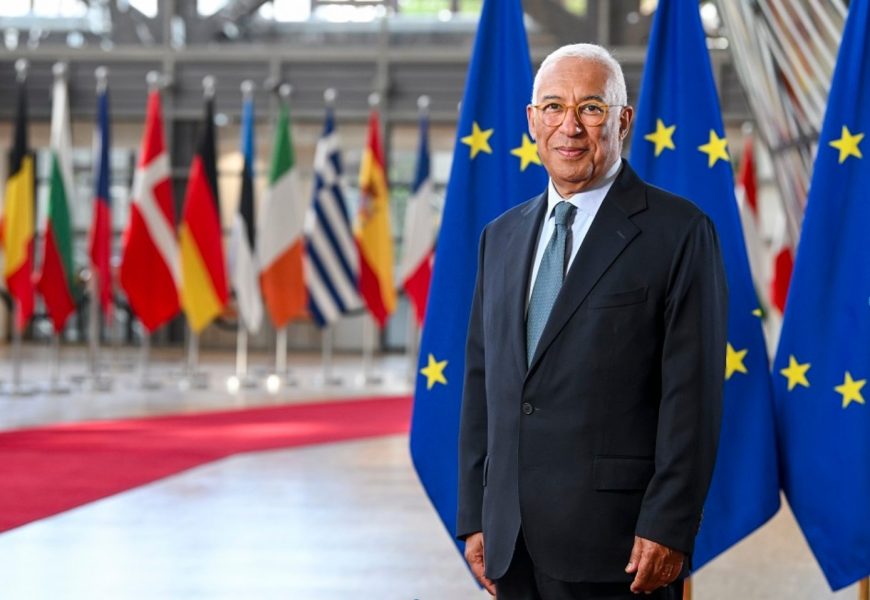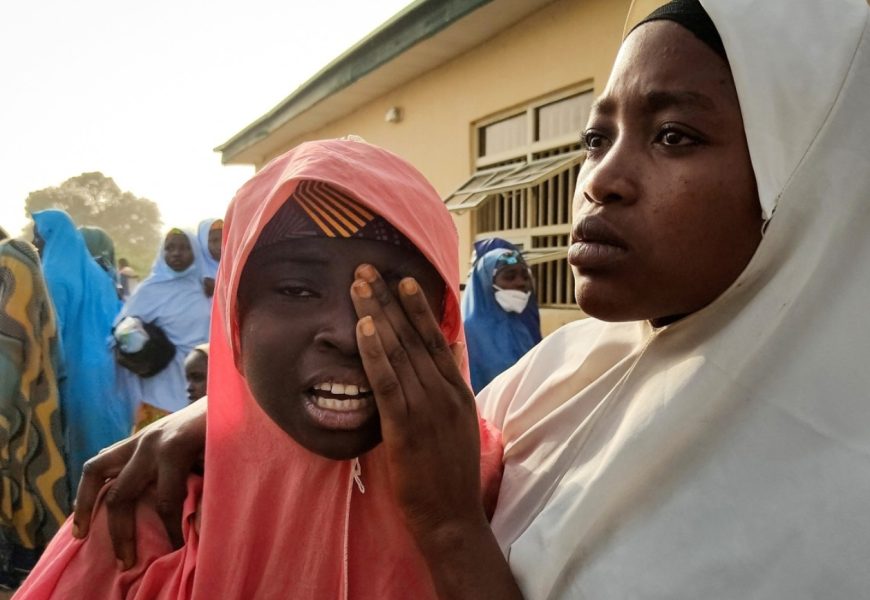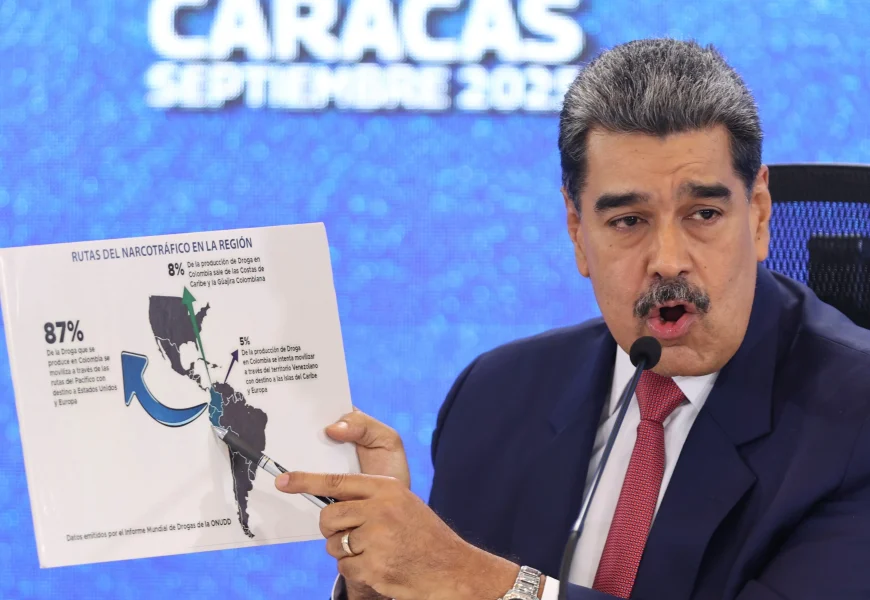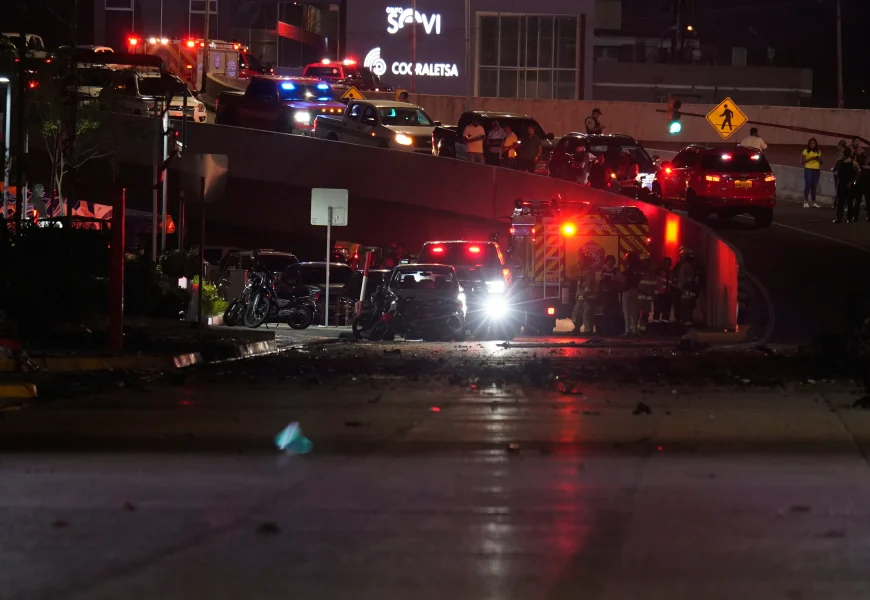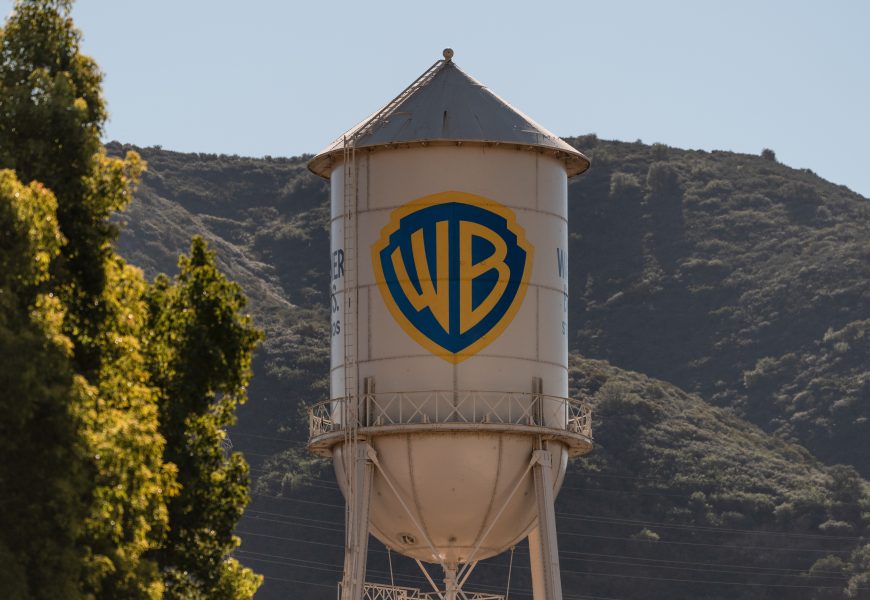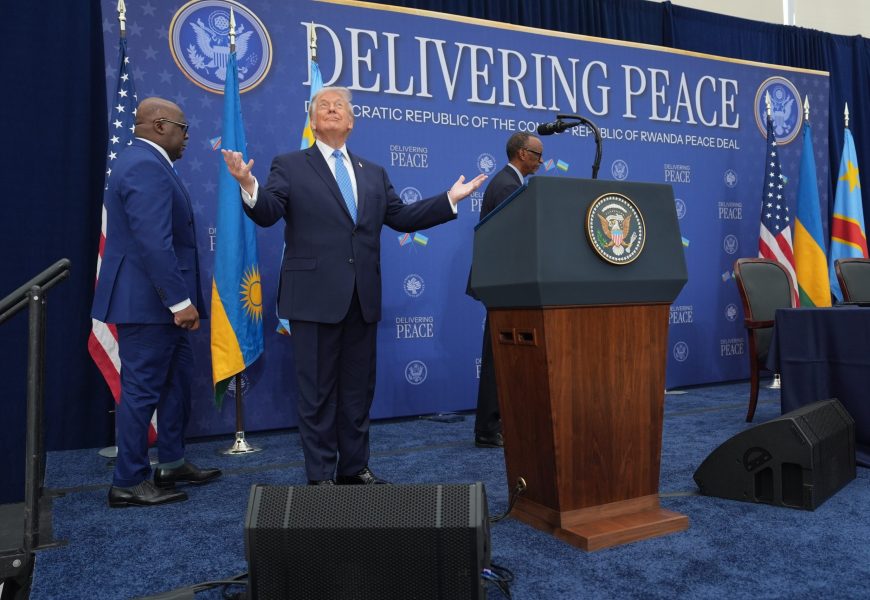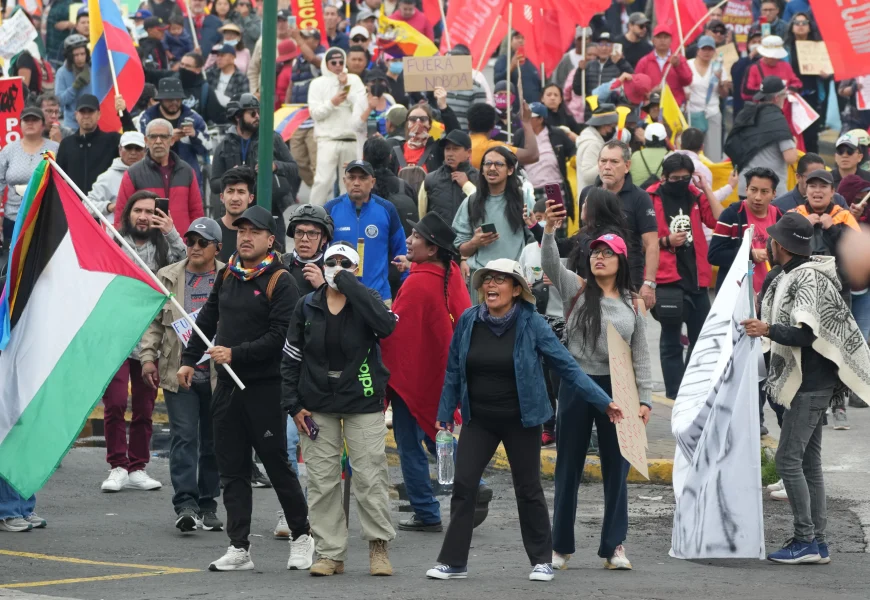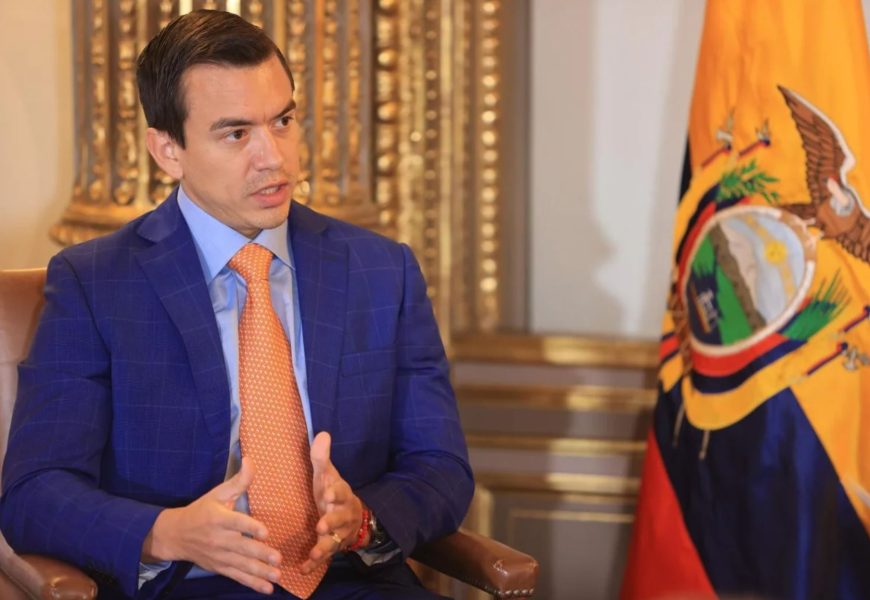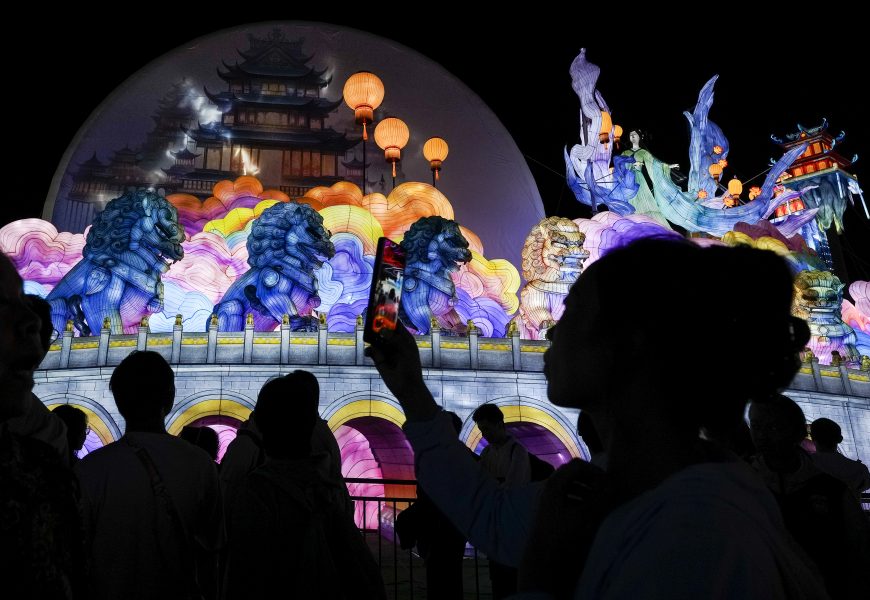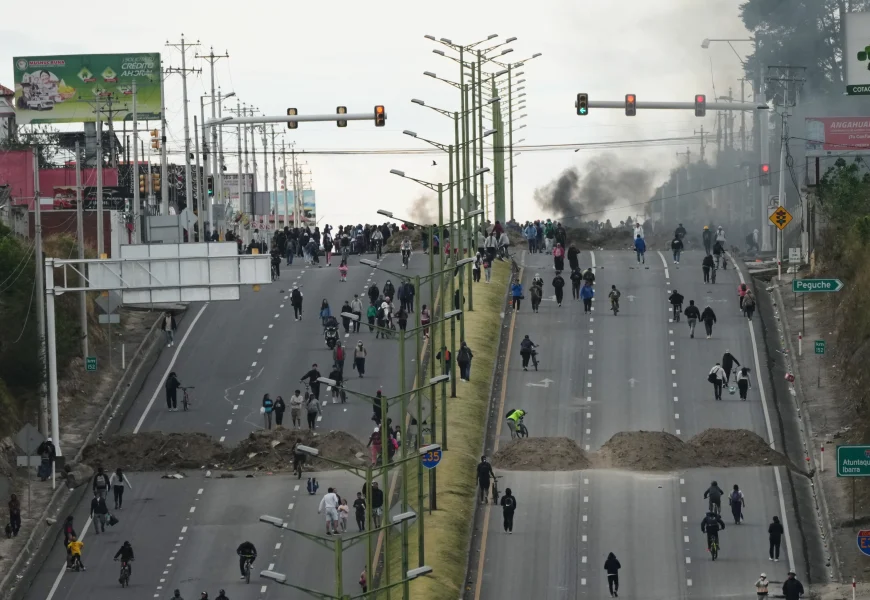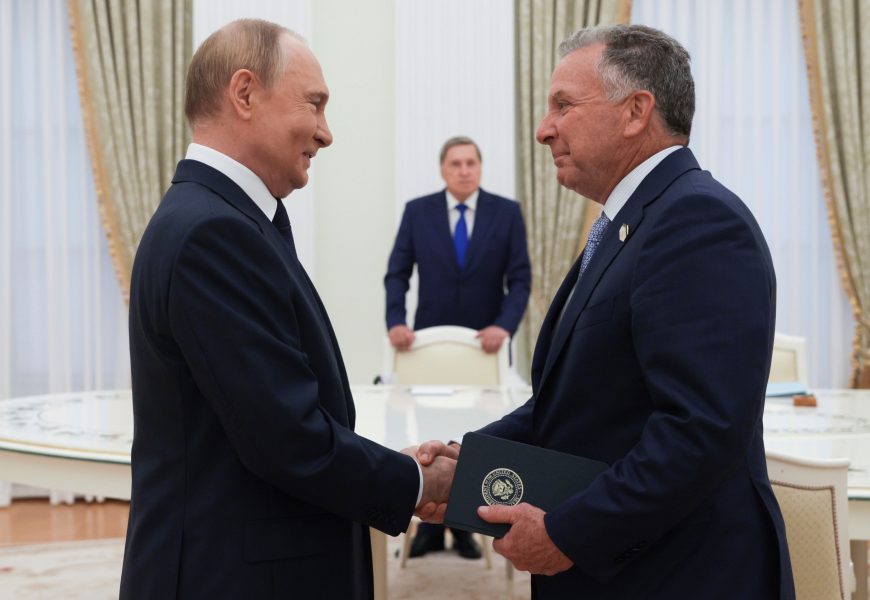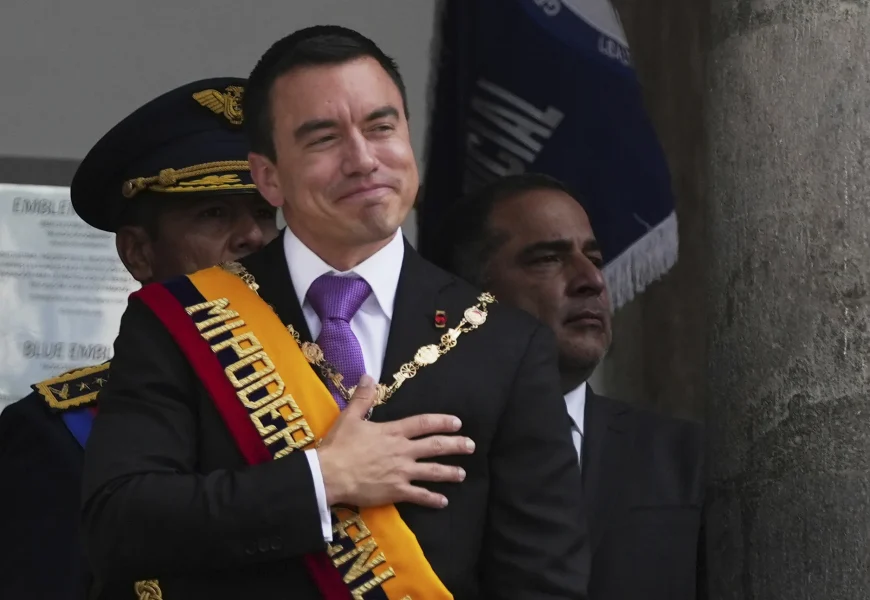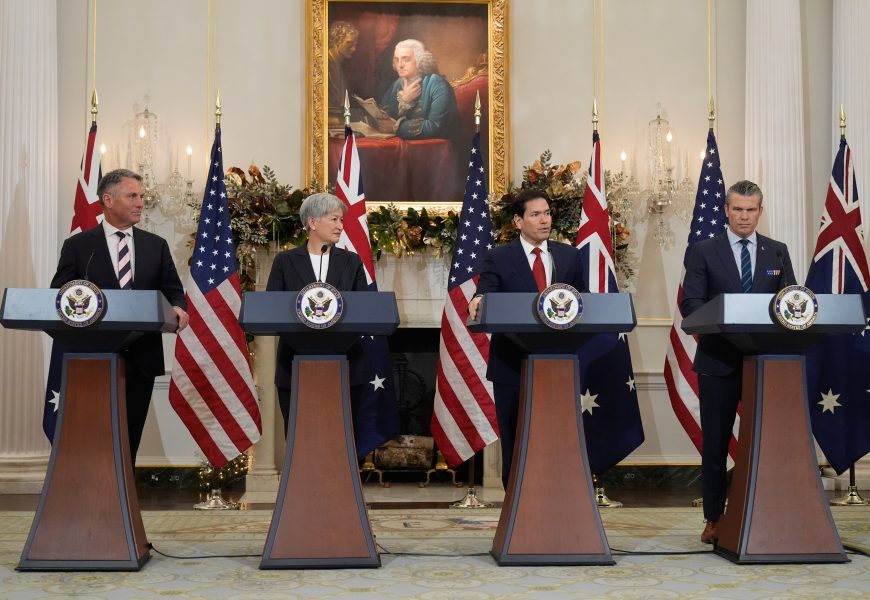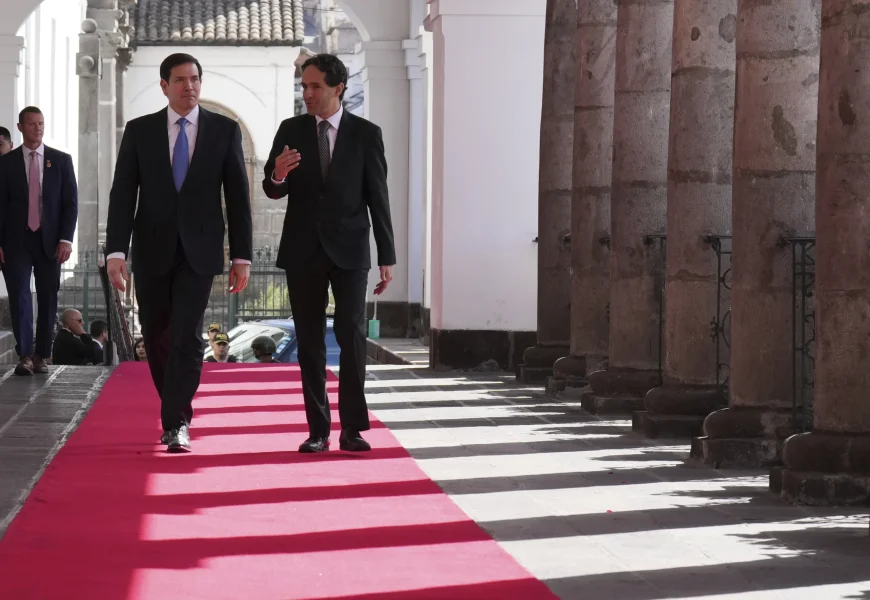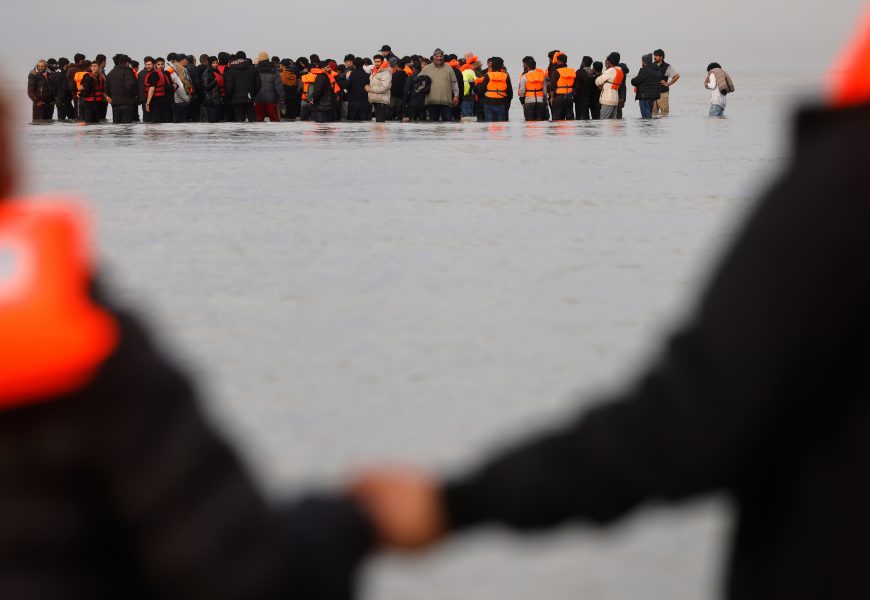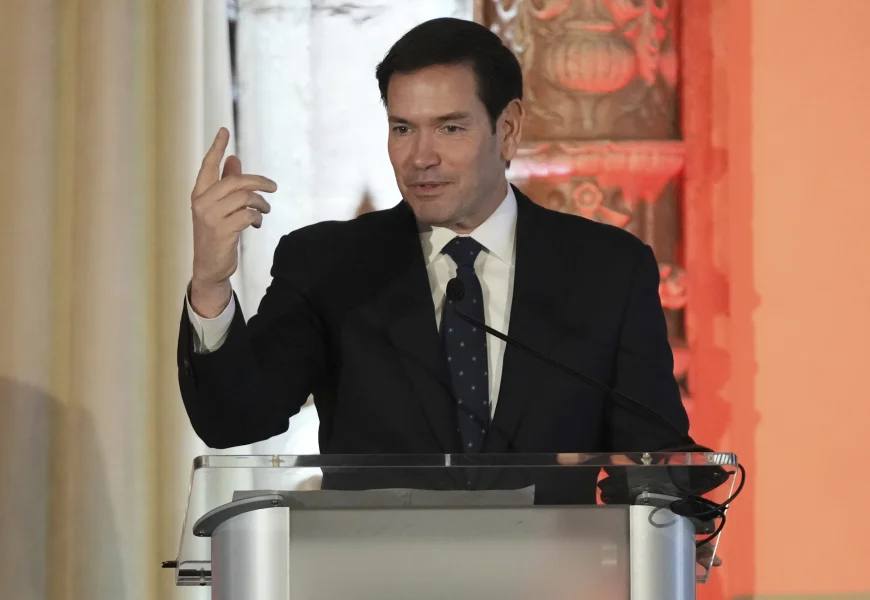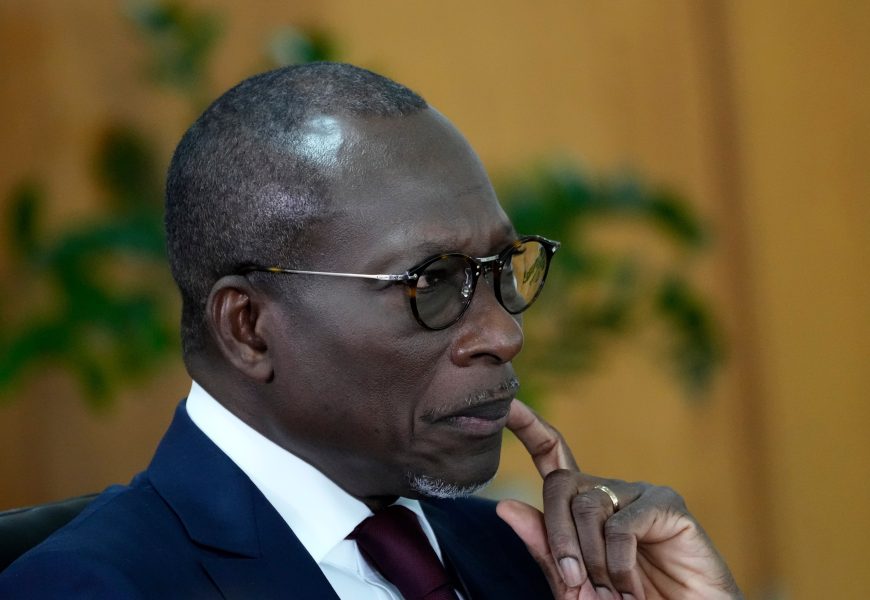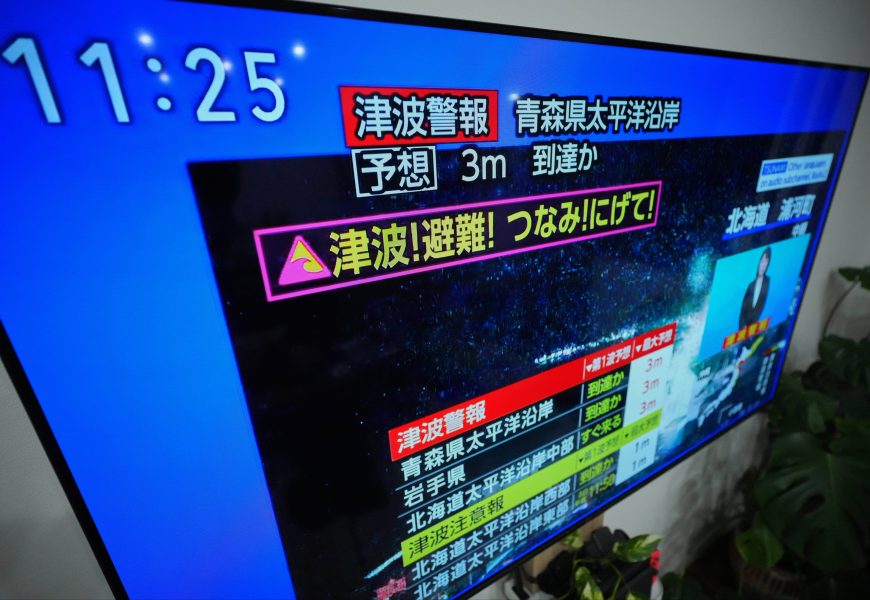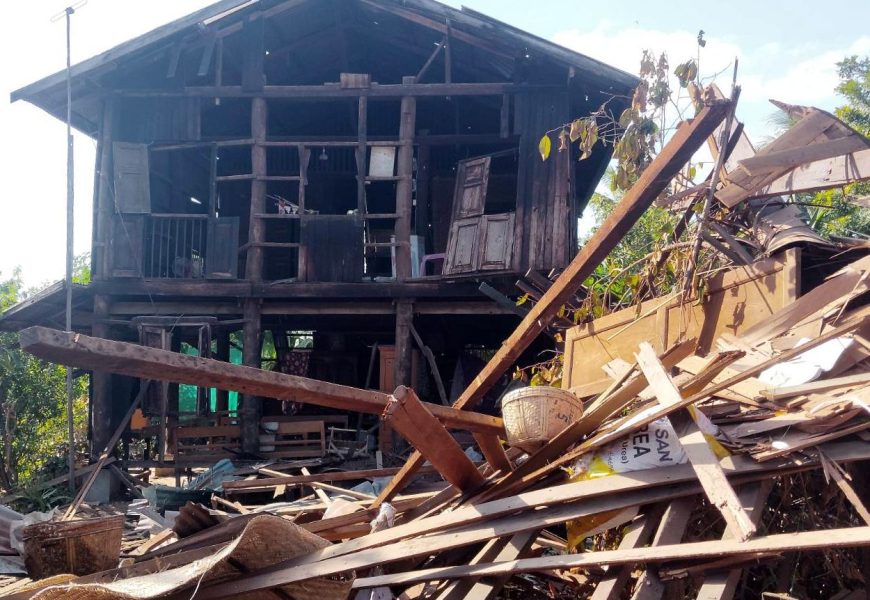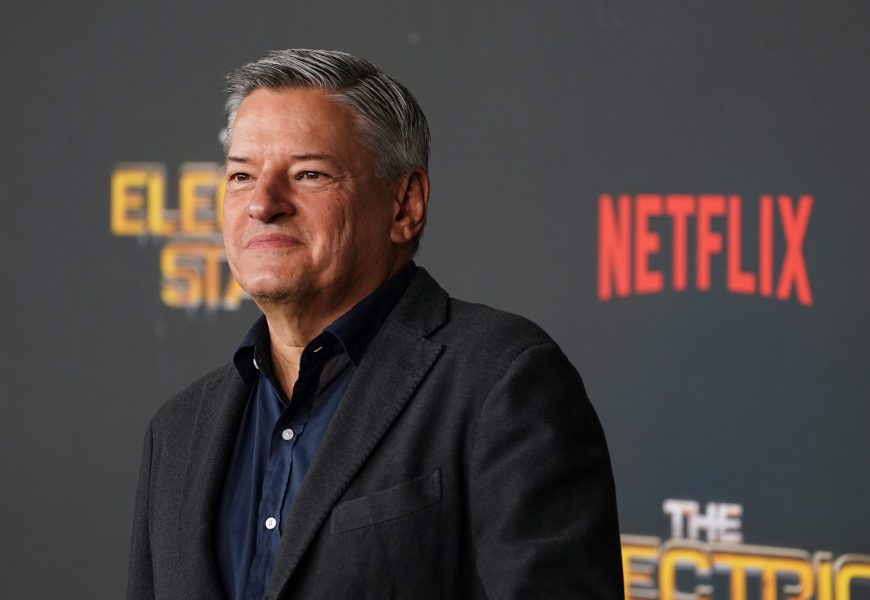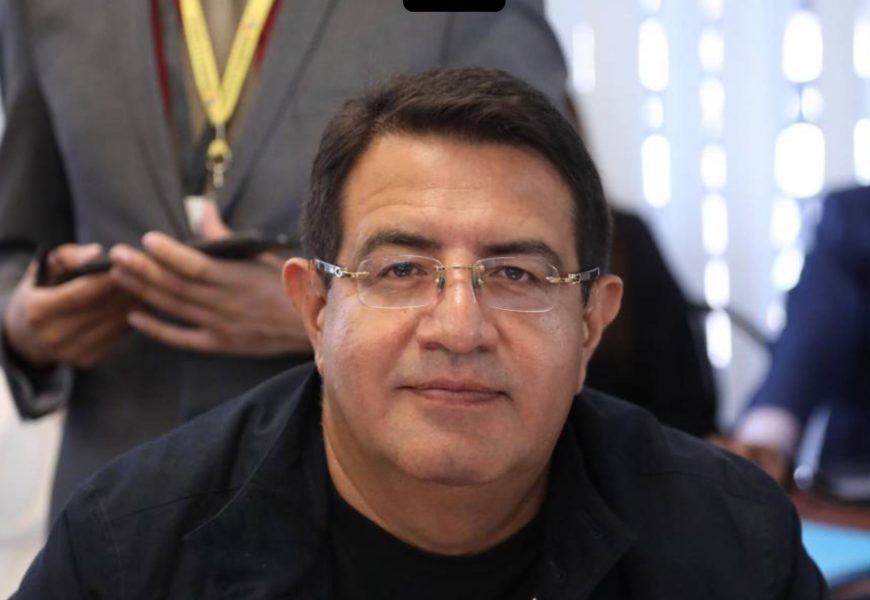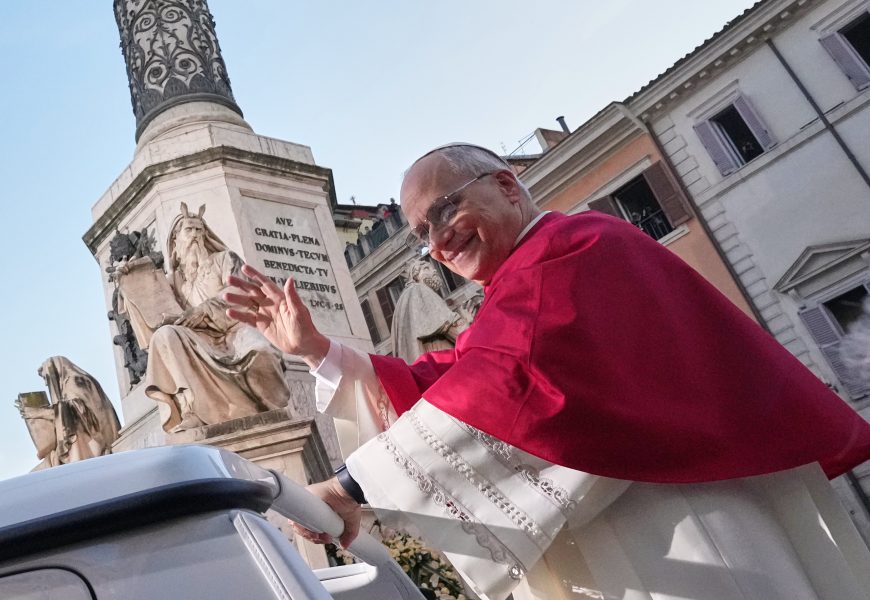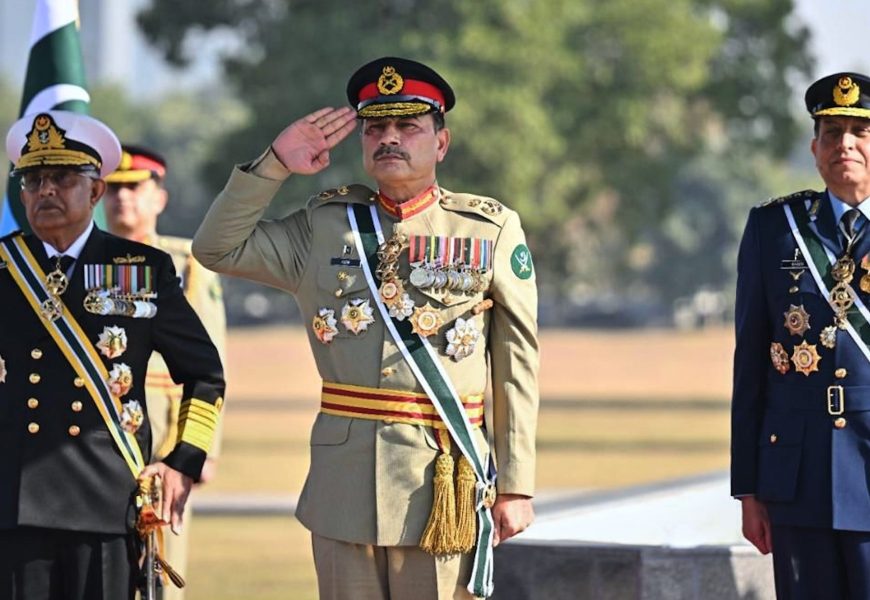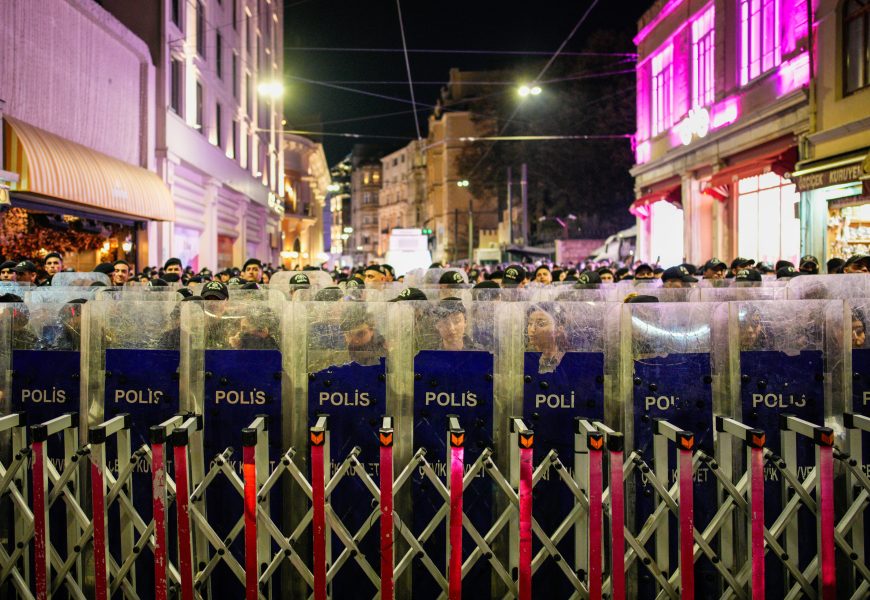The best answer, then, is diplomacy. Focused, clear-eyed, determined diplomacy. And that diplomacy could begin soon if Iranian and US negotiators return to the bargaining table in the coming weeks, as Trump officials have predicted. Iranian officials have yet to confirm those talks.
As president, Trump, for all his talk of loving the art of the deal, has shown little appetite or skill at the art form. But if he truly wants to be known as a peacemaker – and not someone who simply brokers short-term cease-fires – this is his opportunity.
The administration has already made clear that it thinks a long-term denuclearization pact should include these elements: an end to Iran’s uranium enrichment activities; restrictions on its ballistic missile production; and an end to its financing of terrorist proxies, namely Hezbollah, Hamas, and the Houthis. In exchange, sanctions that have throttled Iran’s economy would be lifted, and Western investment in the country could resume.
Tehran desperately wants sanctions lifted or at least eased. But it has drawn a red line regarding enrichment, which it maintains is necessary for nonmilitary purposes like fueling nuclear power plants. This is not a credible position, however, because the Iranians were clearly enriching uranium far beyond what was needed for civilian purposes. Convincing the regime’s negotiators to yield on this point has been and will continue to be difficult.
What matters is that the administration resume those negotiations, and soon. Many experts and Trump critics argue that Iran, rather than being chastened by the recent attacks, may now hasten to build a bomb to ensure that Israel and the United States refrain from trying to obliterate the regime.


